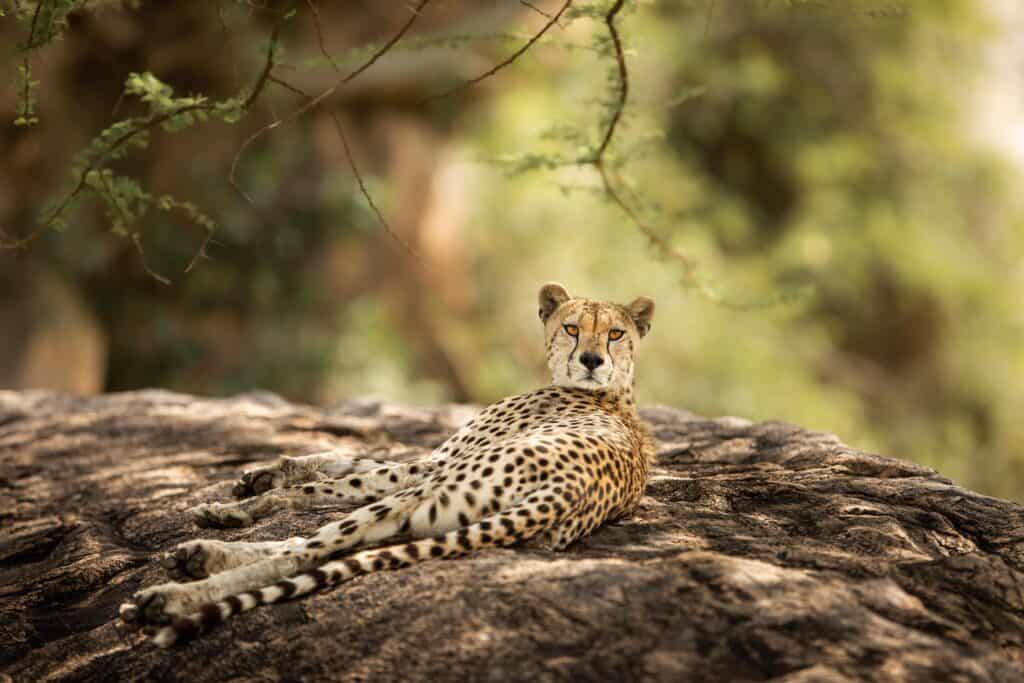
Cheetahs of the Serengeti
Venturing into the plains of the Serengeti gives adventurers a front-row seat to witness the wild world of the captivating cheetah.
Header Image Credit: Dori Caspi
Olmara and Esirai South Have the Best Sightings
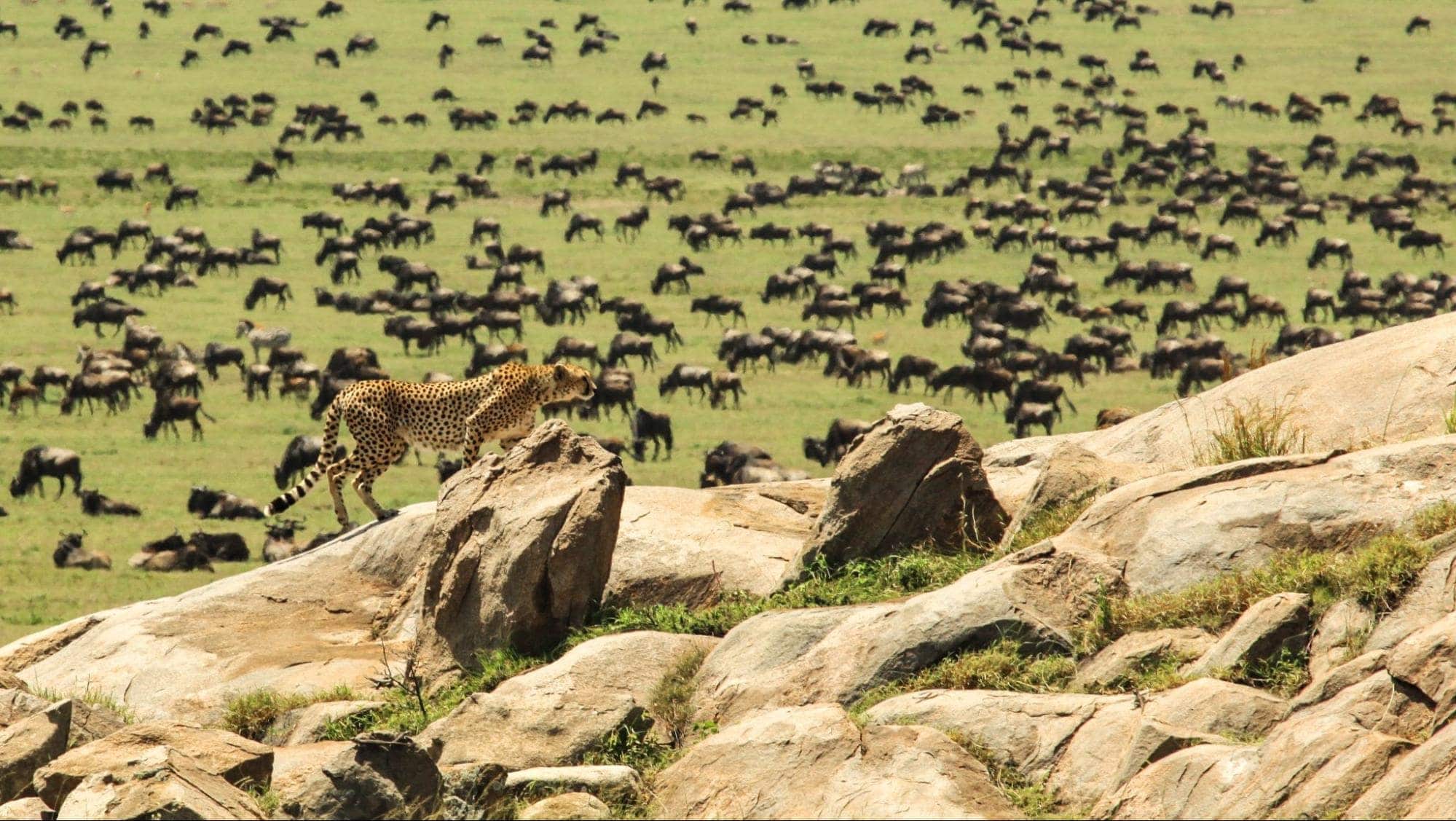
This is particularly so from Entara’s Olmara and Esirai south camps, where we are lucky to have witnessed many memorable moments with these aerodynamic and graceful cats.
Some of these special moments include cheetah feasts disrupted by the sudden arrival of hyenas; the intricate choreography of a cheetah mother imparting hunting lessons to her cubs; and rare coalitions of male cheetahs orchestrating a hunt of formidable prey such as an adult wildebeest or topi.
Such moments witnessed against the backdrop of the Serengeti’s vast plains become enduring tales of the wilderness.
The Life Cycle Unveiled
Guests each have their favourite memories of experiences, sightings and camps, but all agree that each Entara staff member elevated their northern Tanzania safari adventure far beyond their expectations.

Childhood Lessons
As the cubs mature, a crucial phase unfolds – the mother’s teaching and lessons on survival. One of the more intriguing aspects of this is that female cheetahs, distinctive in their hunting strategy, often bring live prey to their cubs. This unconventional approach allows the young to develop their hunting skills.

Hunting Distinctions
Male and female cheetahs exhibit divergent hunting preferences. Nimble and strategic females opt for smaller prey such as gazelle and impala, whereas their male counterparts pursue larger prey such as young wildebeest and topi. The cheetah’s hunting prowess lies in its unmatched speed, reaching up to 70 mph (113 km/h), making it the fastest land mammal.
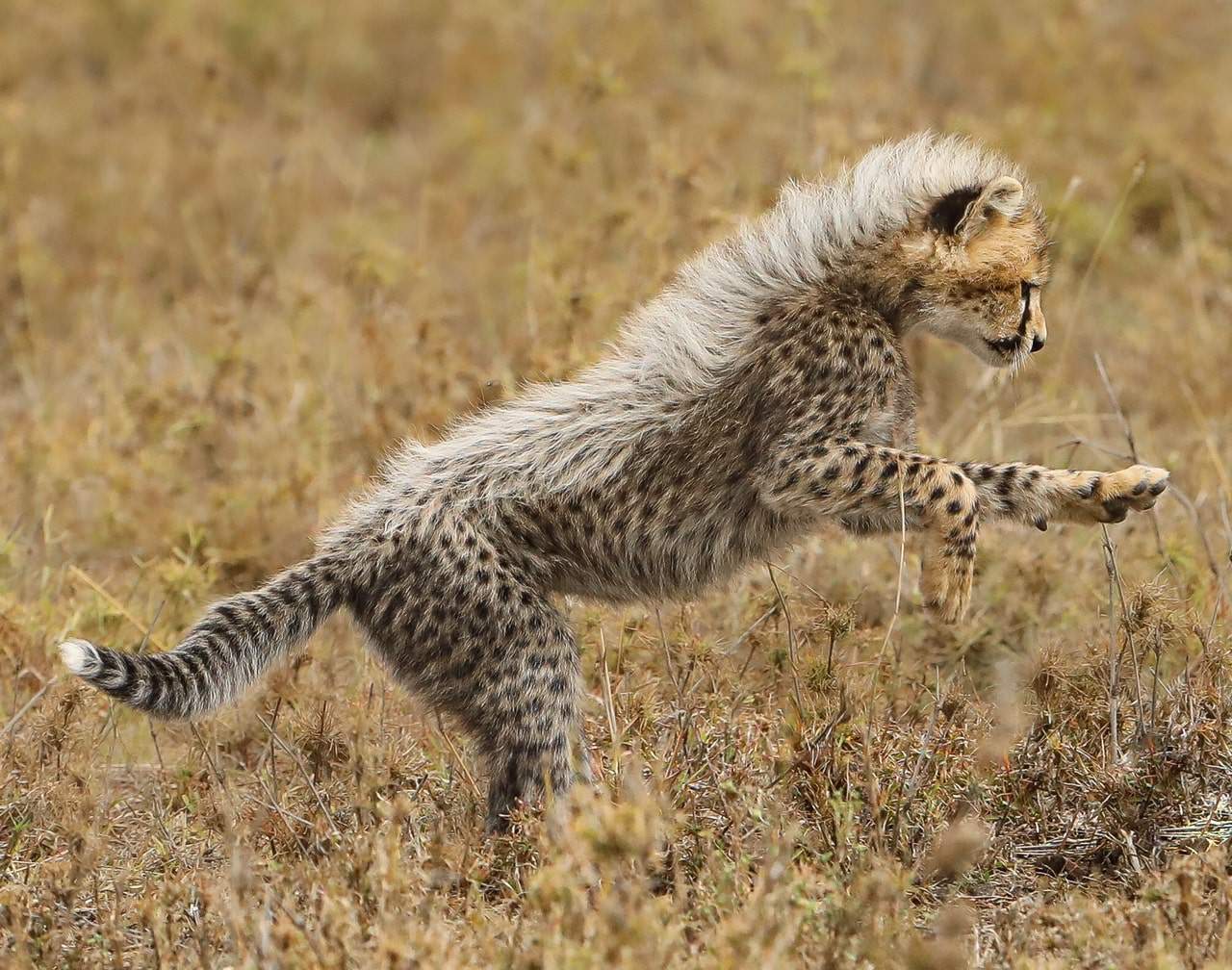
Territorial Etiquette
Cheetahs, inherently solitary, converge during the mating season only. Males establish territories that they defend from other male cheetahs, which they mark with olfactory clues to deter intruders. Female cheetahs’ home ranges overlap, but they still tend to prefer avoiding each other. Researchers have noted that male cheetahs boast larger territories, reflecting their need for more expansive hunting grounds.
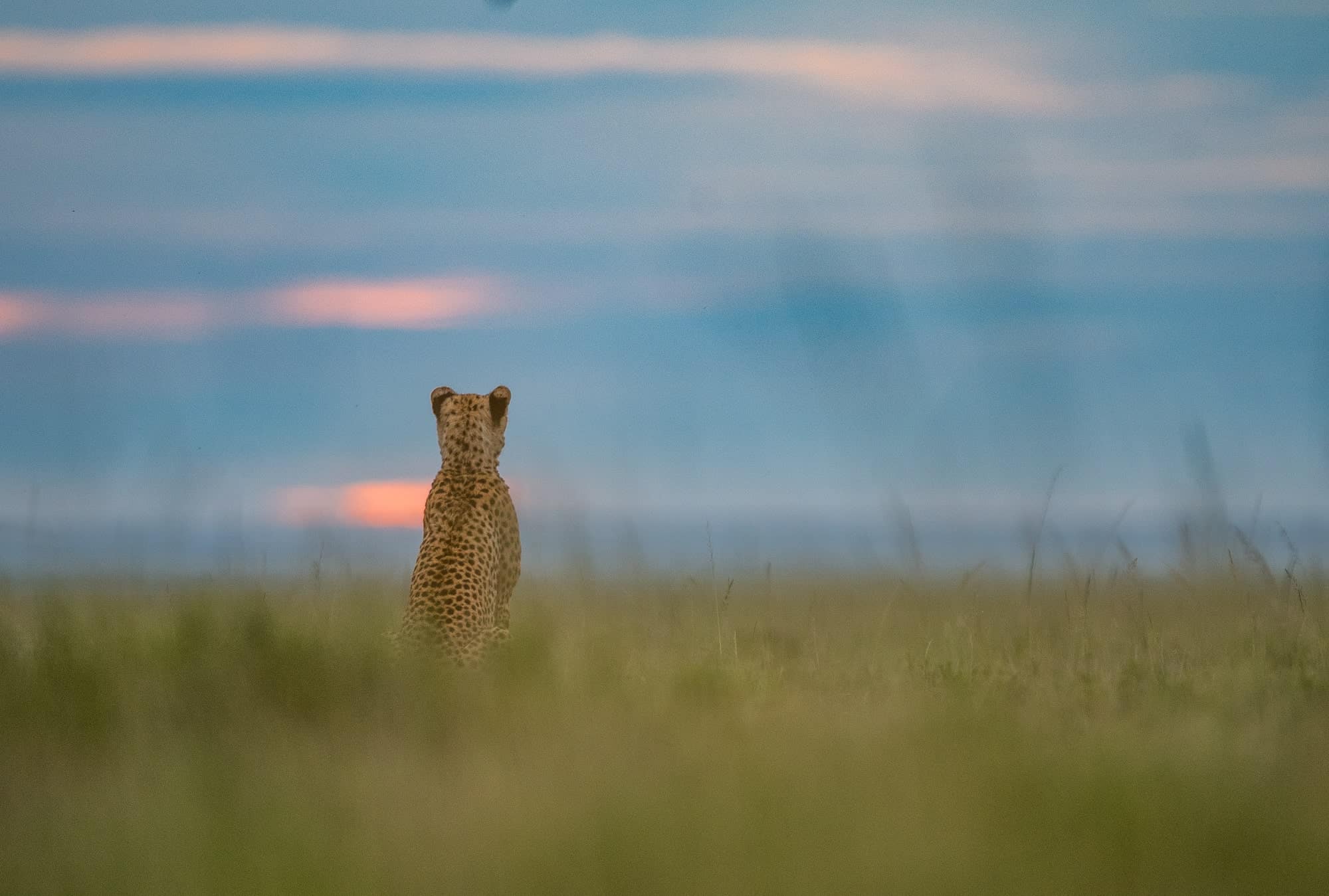
Nomadic Explorations and Male Coalitions
Adulthood prompts the dispersal of young cheetahs from maternal territories. Nomadic males often form coalitions to enhance their survival prospects. These alliances persist for years, enabling cooperation in hunting and territorial defence against other male cheetahs and predators.
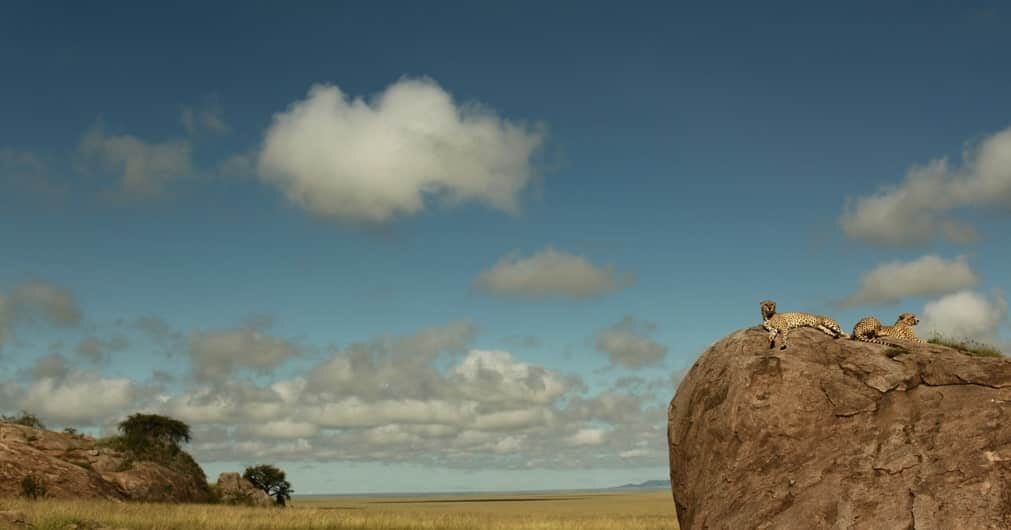
Adaptability in Motion
Cheetahs, masters of adaptability, travel significant distances to secure water and food during the seasonal shifts. Researchers have documented their responsiveness to prey migration patterns, unveiling a remarkable ability to modify diets based on seasonal variations. During the wet season, larger prey such as gazelle become targets, while the dry season sees cheetahs shift to smaller game.

Infanticide and Super Moms
In the intricate tapestry of cheetah life, unexpected challenges emerge. Infanticide – a rare but impactful behaviour observed in males – adds a layer of complexity. On the brighter side, the Serengeti unveils “super moms” – females capable of rearing large litters with exceptional prowess, defying the odds to ensure the survival of each cub. Interestingly, it has been shown that a significant component of this success is attributed to the mother’s wariness. Cheetahs are also known to adopt abandoned or lost cubs.

As the sun sets over the plains and you reflect on your cheetah encounter, you can be certain that each of these remarkable creatures narrates a personal tale of resilience, adaptability, and the delicate balance of life in this extraordinary ecosystem.






